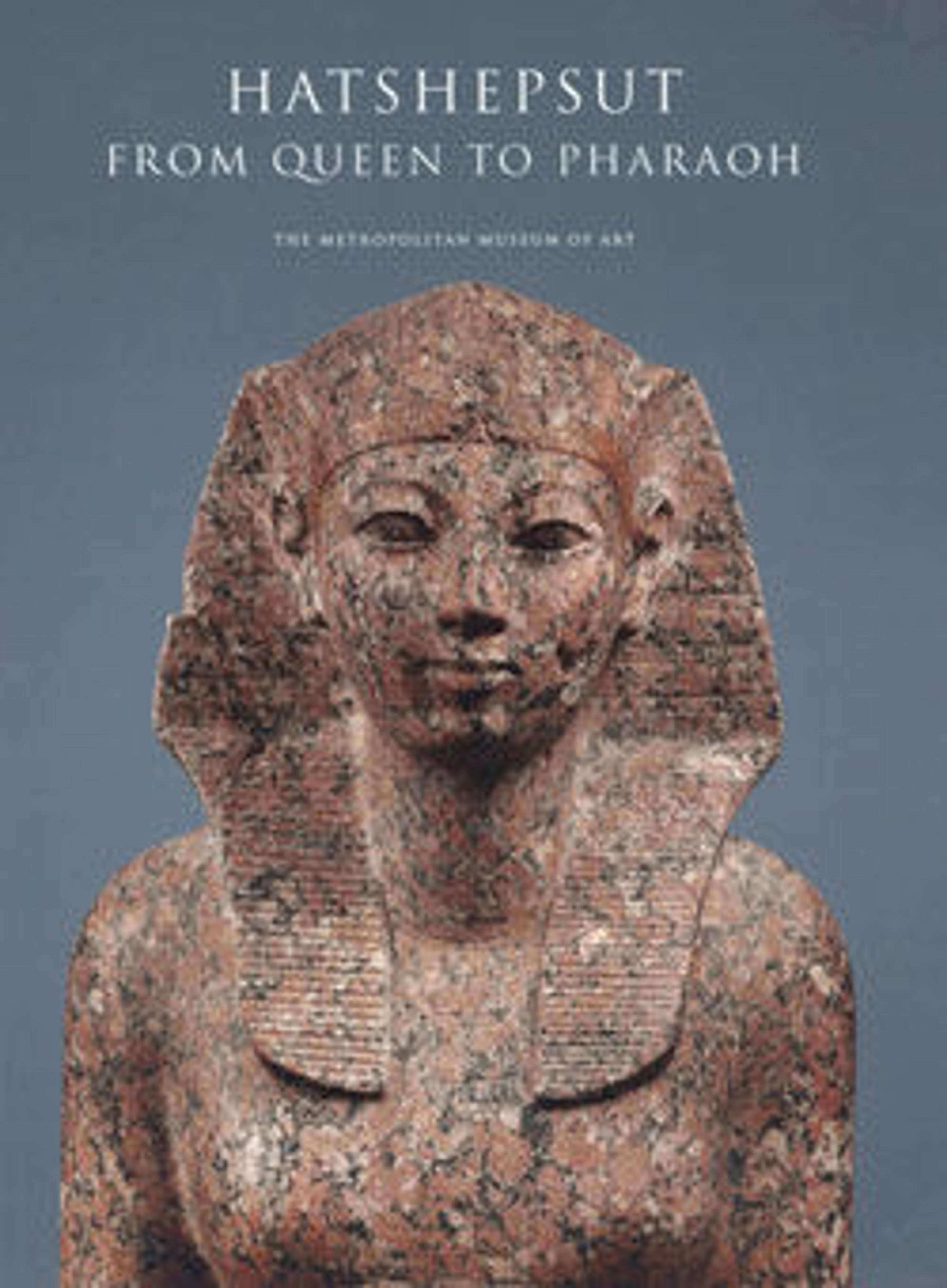Bivalve-shaped Stone
This stone is inscribed, "The Good Goddess, Maatkare, she made [it] as her monument for her father, Amun-Re, at the stretching of the cord over Djeser-djeseru-Amun (Hatshepsut's mortuary temple), which she did while alive." Sometimes described as clamshells because of their shape, stones such as this one probably represent tools of some sort, such as hammering stones, that would have been used in the construction of the building.
Artwork Details
- Title:Bivalve-shaped Stone
- Period:New Kingdom
- Dynasty:Dynasty 18
- Reign:Joint reign of Hatshepsut and Thutmose III
- Date:ca. 1479–1458 B.C.
- Geography:From Egypt, Upper Egypt, Thebes, Deir el-Bahri, Temple of Hatshepsut, Foundation Deposit 7 (G), MMA excavations, 1926–27
- Medium:Travertine (Egyptian alabaster)
- Dimensions:L. 12.5 cm (4 15/16 in.); W. 7.2 cm (2 13/16 in.); Th. 4.5 cm (1 3/4 in.)
- Credit Line:Rogers Fund, 1927
- Object Number:27.3.400
- Curatorial Department: Egyptian Art
More Artwork
Research Resources
The Met provides unparalleled resources for research and welcomes an international community of students and scholars. The Met's Open Access API is where creators and researchers can connect to the The Met collection. Open Access data and public domain images are available for unrestricted commercial and noncommercial use without permission or fee.
To request images under copyright and other restrictions, please use this Image Request form.
Feedback
We continue to research and examine historical and cultural context for objects in The Met collection. If you have comments or questions about this object record, please contact us using the form below. The Museum looks forward to receiving your comments.
